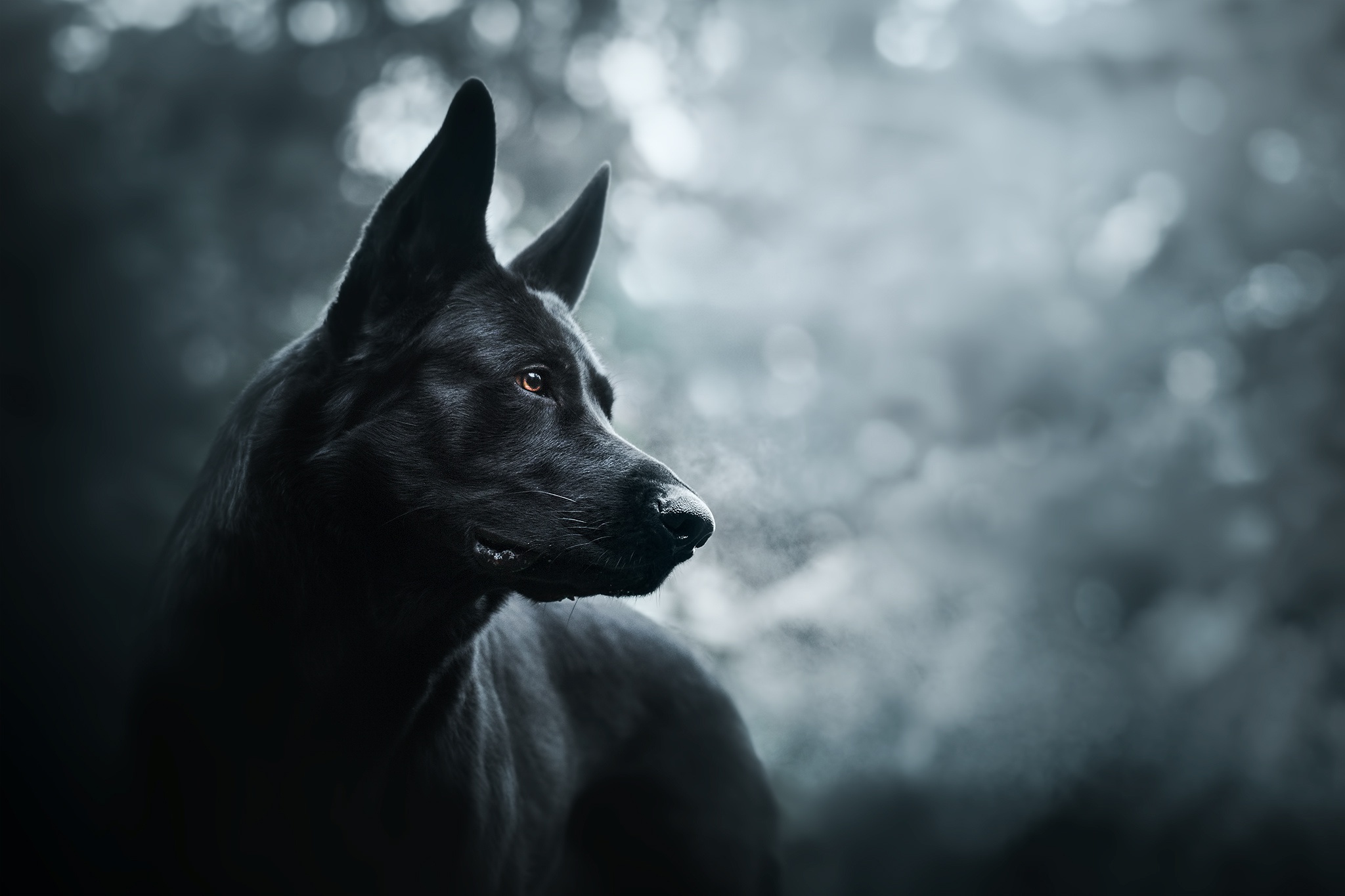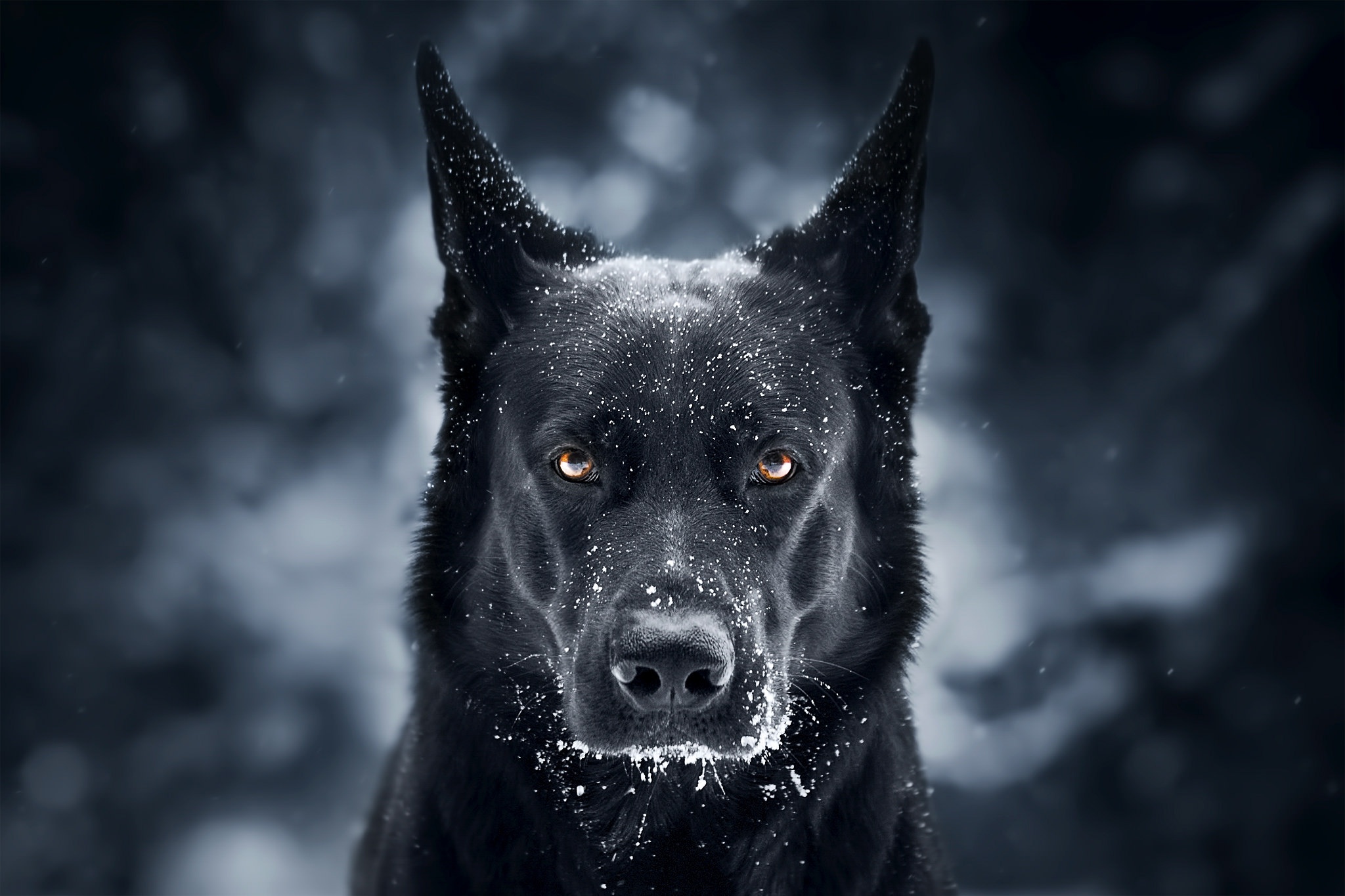Introduction
The Blue German Shepherd is a captivating variation of the renowned German Shepherd breed, characterized by its striking dilute blue coat color. While not officially recognized by conformation standards, these dogs have garnered attention and popularity among dog enthusiasts worldwide. In this essay, we will explore the distinct characteristics of the Blue German Shepherd, its unique appeal, and the considerations for those interested in this captivating breed.
History and Origin
The Blue German Shepherd shares its ancestry with the traditional German Shepherd breed, which originated in Germany in the late 19th century. The breed was developed by Captain Max von Stephanitz with a focus on intelligence, loyalty, and versatility. While coat color was not a primary factor in breeding, the occurrence of the recessive dilution gene resulted in the emergence of the blue coat variation.
Temperament and Trainability
Blue German Shepherds inherit the same temperament and trainability as their traditional counterparts. They are known for their intelligence, loyalty, and protective nature, making them excellent working dogs and steadfast family companions. Their versatility shines through in roles such as search and rescue, service work, and police or military service. Early socialization and consistent training are vital to nurturing their potential and ensuring their well-rounded development.
The Blue German Shepherd Classification and Evolution
The Blue German Shepherd is not a separate breed or classification but rather a variation of the German Shepherd breed. The German Shepherd breed falls under the broader classification of the domestic dog (Canis lupus familiaris). The blue coat color seen in some German Shepherds is a result of a recessive dilution gene and does not affect their classification or evolution.
The Blue German Shepherd Anatomy and Appearance
The Blue German Shepherd shares the same anatomy and physical characteristics as other German Shepherds. They are medium to large-sized dogs with a strong and muscular build. They have a distinct wolf-like appearance with a well-proportioned body, erect ears, and a bushy tail. The blue coat color variation manifests as a steel-gray or silver-blue coloration, sometimes accompanied by blue eyes.
The Blue German Shepherd Distribution and Habitat
Blue German Shepherds can be found in various regions where German Shepherds are present. German Shepherds, including those with blue coats, are bred and owned by enthusiasts and dog lovers around the world. They do not have a specific natural habitat as they are domesticated dogs that primarily live in human environments.
The Blue German Shepherd Behavior and Lifestyle
The behavior and lifestyle of Blue German Shepherds are similar to other German Shepherds. They are known for their intelligence, loyalty, and versatility. They are highly trainable and excel in various roles, including working tasks such as herding, search and rescue, police and military work, and as family companions. They are active dogs that require regular exercise and mental stimulation to thrive.
The Blue German Shepherd Reproduction and Life Cycles
The reproduction and life cycles of Blue German Shepherds follow the same patterns as other German Shepherds. Female dogs go through heat cycles, typically occurring twice a year, during which they are receptive to mating. If bred, the gestation period is around 63 days, after which the female gives birth to a litter of puppies. Puppies undergo a period of growth and development, reaching maturity at around one to two years of age.
The Blue German Shepherd Diet and Prey
The diet of Blue German Shepherds, like other German Shepherds, should consist of high-quality dog food that provides balanced nutrition. A diet suitable for their age, size, and activity level is important to maintain their overall health. Blue German Shepherds are carnivores, and their diet primarily consists of meat-based protein sources. However, it's essential to consult with a veterinarian to determine the specific dietary needs of an individual dog and ensure their nutritional requirements are met.
It's worth noting that German Shepherds, including Blue German Shepherds, are not wild animals and do not have specific prey. They are domesticated dogs that rely on human care and feeding.
Health Considerations
While the blue coat color itself does not impact the health of the Blue German Shepherd, responsible breeding practices are crucial to maintaining the breed's overall well-being. Reputable breeders prioritize genetic health screening, such as hip and elbow evaluations, to minimize the risk of hereditary conditions that can affect any German Shepherd. By choosing a reputable breeder, prospective owners can ensure the long-term health and vitality of their Blue German Shepherd.
Caring for a Blue German Shepherd
Proper care and maintenance are essential to keeping a Blue German Shepherd healthy and content. This includes regular exercise to meet their high energy levels, mental stimulation through training and interactive play, and a balanced diet suited to their nutritional needs. Grooming requirements are similar to other German Shepherds, involving regular brushing to maintain a healthy coat and periodic bathing when necessary.
Conclusion
The Blue German Shepherd, with its enchanting blue coat color and impressive lineage, offers a unique and captivating choice for dog enthusiasts. While not recognized in conformation shows, these dogs possess the same intelligence, loyalty, and versatility as their traditional counterparts. Prospective owners should seek out responsible breeders who prioritize the breed's health and genetic well-being. With proper care and training, a Blue German Shepherd can become a cherished and devoted companion, exemplifying the remarkable qualities of the German Shepherd breed.




Comments
Post a Comment